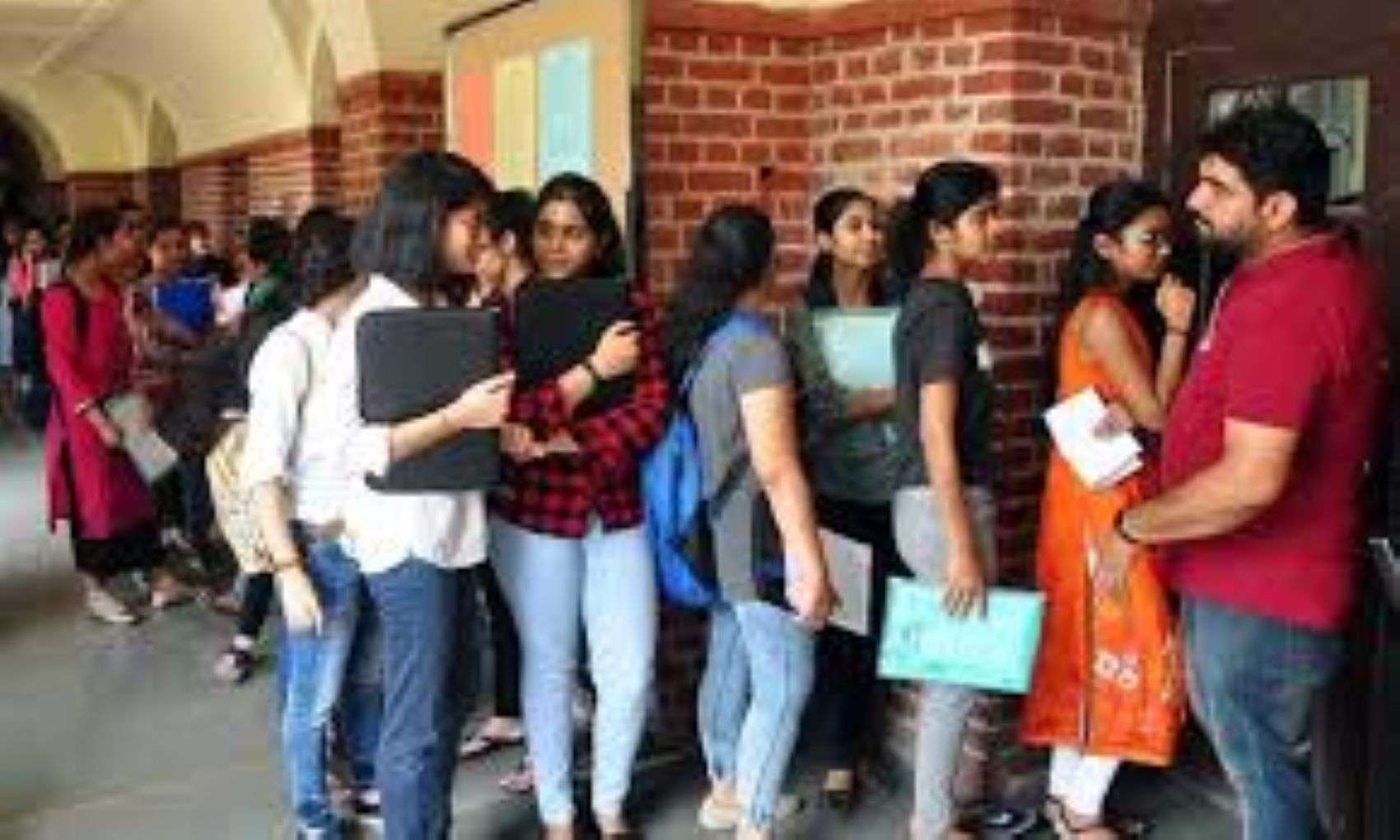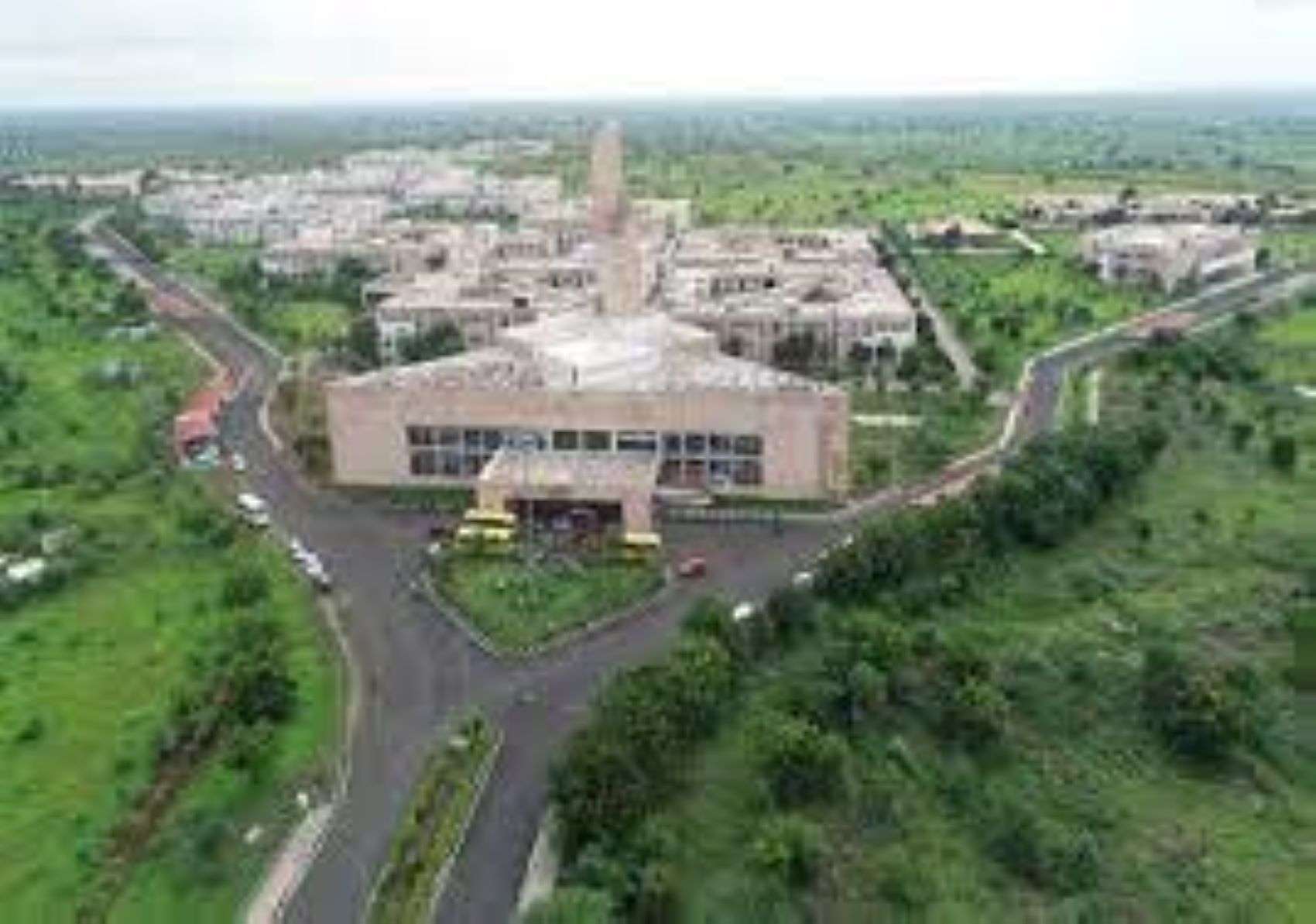How dangerous is the situation given the size of the People’s Liberation Army, its firepower, and the area it occupies?
The People’s Liberation Army has deployed more than two regular divisions (about 40,000 soldiers), as well as supporting weapons, logistics and air forces along the eastern front line of Ladakh and as reinforcement. India also has around two regular army divisions supported by the Indian Air Force in this area.
- Along the Actual Line of Control (LAC), the PLA has now occupied many areas that were previously considered “contested”, that is, that are between the perceptions of China and India towards LAC.
- At Finger 4, north of Pangong Tso, enemy troops are deployed a few hundred meters away.
- On the southern coast of Pangong Tso, they occupy heights that overlook military camps and vital road communications.
- With such a narrow and large deployment, coupled with the lack of confidence following the Galwan incident [June 15-16] [in which 20 Indian soldiers were killed], the pre-emptive occupation of the Kailash area by Indian troops 29 of June to August 30, and the PLA’s provocative action on September 7 [when it fired on ALC for the first time in 45 years], the situation on the ground, particularly in the Chushul area, is really tense and explosive. Also, fast and fast flying charges and counter charges only add to the tension.
What does Chinese dominance of the finger area mean for India?
On the north shore of Pangong Tso, there are eight large finger-shaped spurs that descend into the Tso (lake). From the heights along these hills, military activity can be observed on the north and south coasts of Pangong Tso. The Chinese and Indian (perceived) LACs are separated by about 8 kilometers (between finger 4 and finger 8) in this area. In May, the PLA occupied this contested area, deploying troops on finger 4 and blocking Indian troops, who previously patrolled the areas up to finger 8.

What advantages does India get from occupying the heights of the Chushul sector?
The heights of the mountains allow the observation of the adversary’s military activities in the area (visible) and the possibility of taking precise direct and indirect shots on the chosen enemy target.
What if the talks didn’t lead to any disconnection on the ground?
In the current situation, it will be a long road on both the diplomatic and military fronts. Indian forces on the ground must remain vigilant to ensure that the PLA does not gain any advantage during the pause created by a lengthy diplomatic standoff. Remember, it took almost six years to diplomatically resolve the Sumdorong Chu incident (1986).
The Chinese are also present near Demchok and the northern subsector. How does India deal with this?
In Demchok, the PLA opposed India’s non-military development activities (roads and water canals) for the civilian population of India. About 90 km from Demchok, in Chumar, he made territorial claims and military advances in September 2014.
- There has been a LAC-related dispute at Depsang Plains in the northern subsector.
- In April 2013, PLA troops established a temporary camp in our area and then withdrew.
- They reoccupied an area claimed by us. This resulted in an additional deployment of troops, including armor and artillery on both sides.
- All of these conflicts in eastern Ladakh and elsewhere are related to LAC, which has not been delineated on maps.
- India has made many efforts, even at the highest level, but the Chinese categorically refused.
- An ambiguous LAC allows the Chinese to continue with frequent one-off activities and thus maintain political and military pressure on India.
- In recent incidents, China has deliberately violated all of LAC’s confidence-building agreements and has perceived the alignment so far. Unless LAC is delineated on the map, without prejudice to the final border agreement, these violations of the Indian Territory by the PLA are likely to continue as they are strategically tailored to China.
How will India cope if the central and eastern sectors also see a similar situation to Ladakh?
The situation in eastern Ladakh has already led to tensions and the deployment of additional troops throughout the LAC region and at vulnerable points in the central and eastern sectors. This has become necessary due to the breach of trust with China.
What logistical challenges will Indian troops face in setting up defenses in the months to come?
Never before have we deployed such large forces (army, air force and paramilitary forces) in Ladakh. Since road access to Ladakh will not be available between mid-November and mid-May (2021), the winter storage needs for civilians and military are enormous. The IAF will continue to be firmly committed to essential daily maintenance and the movement of troops when needed.
What are the chances that the situation in Ladakh will lead to conflict? Is there a weather window?
On the climatic level, the chances of an intense conflict remain high until mid-November. The winter months will reduce the intensity, but we cannot expect a full strike. Air and ground surveillance, infantry and artillery deployments will continue.
How important will the role of the IAF be in the event of armed conflict?
Today, no situation of armed conflict can be imagined without synergy and unity between the armed forces. The IAF plays a crucial role at the strategic and operational levels. In addition to its main role of protecting airspace and vulnerable areas / assets, it will actively participate in aerial reconnaissance, the destruction of enemy targets and the tactical and logistical support of the army.
What are the chances that this situation will turn into a two-pronged threat, with Pakistan also supporting China?
China and Pakistan are already involved in a “collusive threat” (implicated in declared covert or hidden targets) against India. China is unlikely to count on Pakistan’s collaboration or involvement in a full-scale conflict with India. In the current scenario, however, limited military collaboration between China and Pakistan in the Karakoram Pass region cannot be ruled out. Its manifestations could be the activation of military diversionary movements by Pakistan in the areas of Siachen and Kargil, and an intensification of the conditions of the proxy war in Jammu and Kashmir.
What else can the Indian government do to facilitate the development of a long-term strategy for China or to negotiate a solution?
National security, especially issues related to armed conflict, requires a “whole-of-government” approach. Unfortunately, in India we have not developed the habit of working in ministerial silos and chimneys which in the past have often resulted in military operations that do not achieve the desired strategic objectives. Unlike Western democratic nations, our ministers and officials are still reluctant to involve military personnel directly in formulating defense policies or in negotiating these issues with foreign political leaders.










More Stories
Registration for CLAT 2025 begins today; last date October 15
CLAT 2025 registration will begin on July 15
Delhi University 5 Year Law Programs Registration Begins